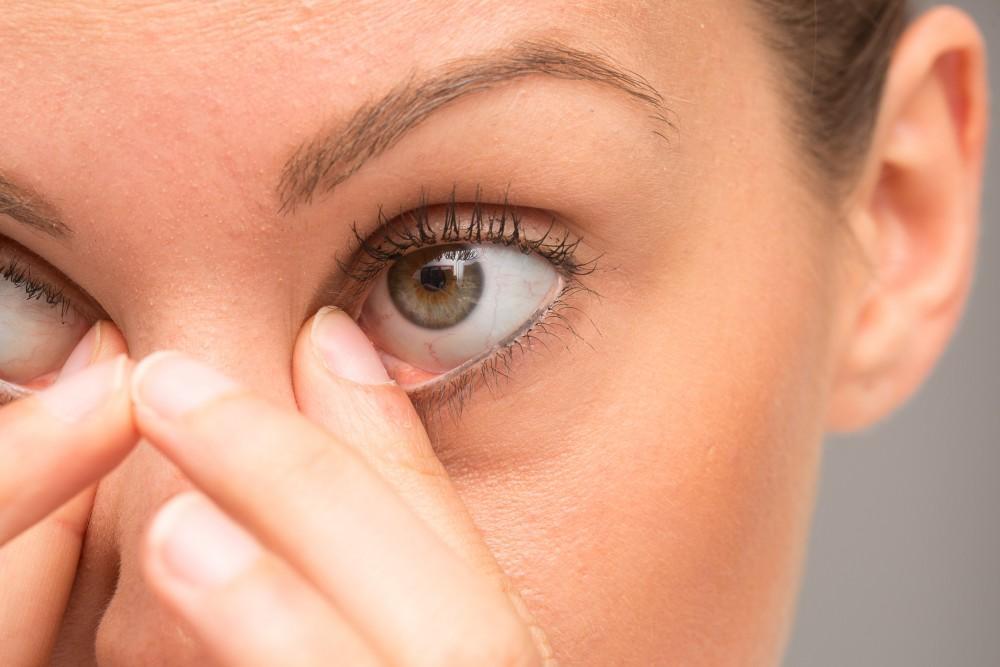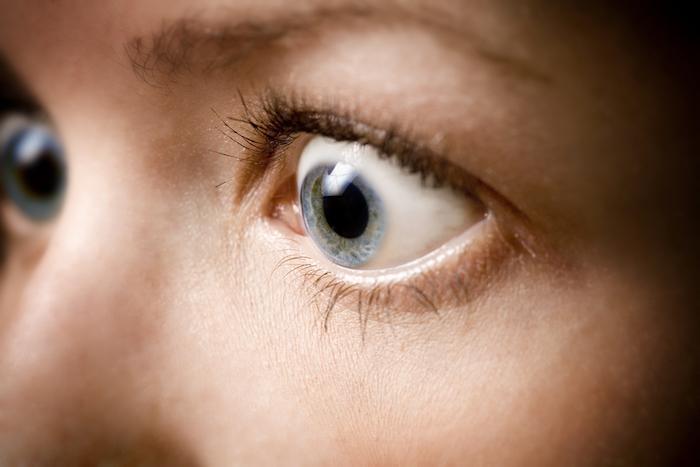
The 4 Types of Glaucoma and How They Affect Your Eyes
Glaucoma comes in many forms, and all of them are equally dangerous. Four types can cause your vision to deteriorate slowly. A trained ophthalmologist can detect all four.
Jun 12th, 2024















































